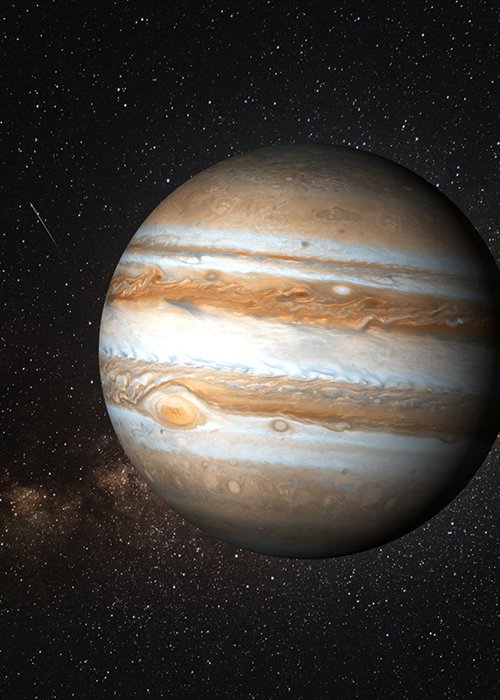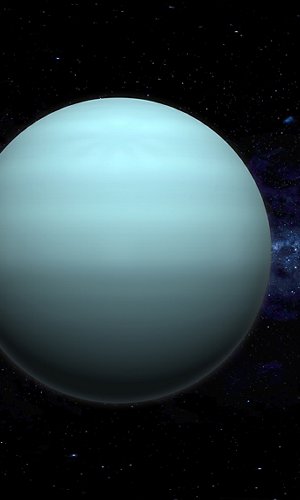For decades, astronomers imagined the interior of gas giants like Jupiter and Saturn as relatively simple: an outer layer of hydrogen and helium, a mantle of liquid metallic hydrogen, and, at the centre, a dense, compact core—probably rocky. However, when NASA’s Juno probe began to precisely measure Jupiter’s gravitational field, reality proved to be far more complex. Data revealed that Jupiter’s core is not a solid, compact body, but a vast, “diluted” region where rock and metals gradually blend into the overlying gaseous layers. To explain this anomaly, for years the most widely accepted theory was that of a catastrophic collision billions of years ago. According to this hypothesis, a massive proto-planet—about ten times the mass of Earth—collided with Jupiter in a violent impact. The energy of this collision would have mixed Jupiter’s dense core with its gaseous mantle, creating the “fuzzy” core we see today. However, a new study has challenged this theory. A team of researchers from Durham University used sophisticated computer simulations to model such an impact. The results were surprising: even after a titanic collision, the densest, heaviest material in the core would tend to settle again, reforming into a compact, well-defined core. The simulations showed that a collision, however violent, would not be enough to explain the diluted structure observed. The study proposes a new and more plausible explanation for Jupiter’s core. Instead of a single catastrophic event, the diluted core would have formed slowly and gradually. The theory suggests that during its growth, young Jupiter did not accrete material in an orderly fashion, but absorbed a mixture of rock, ice, and gas in a much more chaotic and continuous process. This slow but constant “assimilation” of different materials would have produced the layered core we observe today. This hypothesis is reinforced by a key observation: Saturn also appears to have a similar core. If an ill-defined core were the result of a random, rare collision, it would be unlikely to find one in Jupiter’s giant neighbour as well. The presence of diluted cores in both planets suggests that this gradual formation process is not an anomaly, but a common outcome in the development of gas giants. The new theory rewrites the story of how gas giants form and offers a new model for understanding the evolution of planetary systems. It not only helps solve the mystery of Jupiter, but also allows us to make more accurate predictions about the internal structure of other gas giants and exoplanets. Once again, this discovery shows that the mysteries of the universe are often more complex—and more fascinating—than we could ever imagine.



